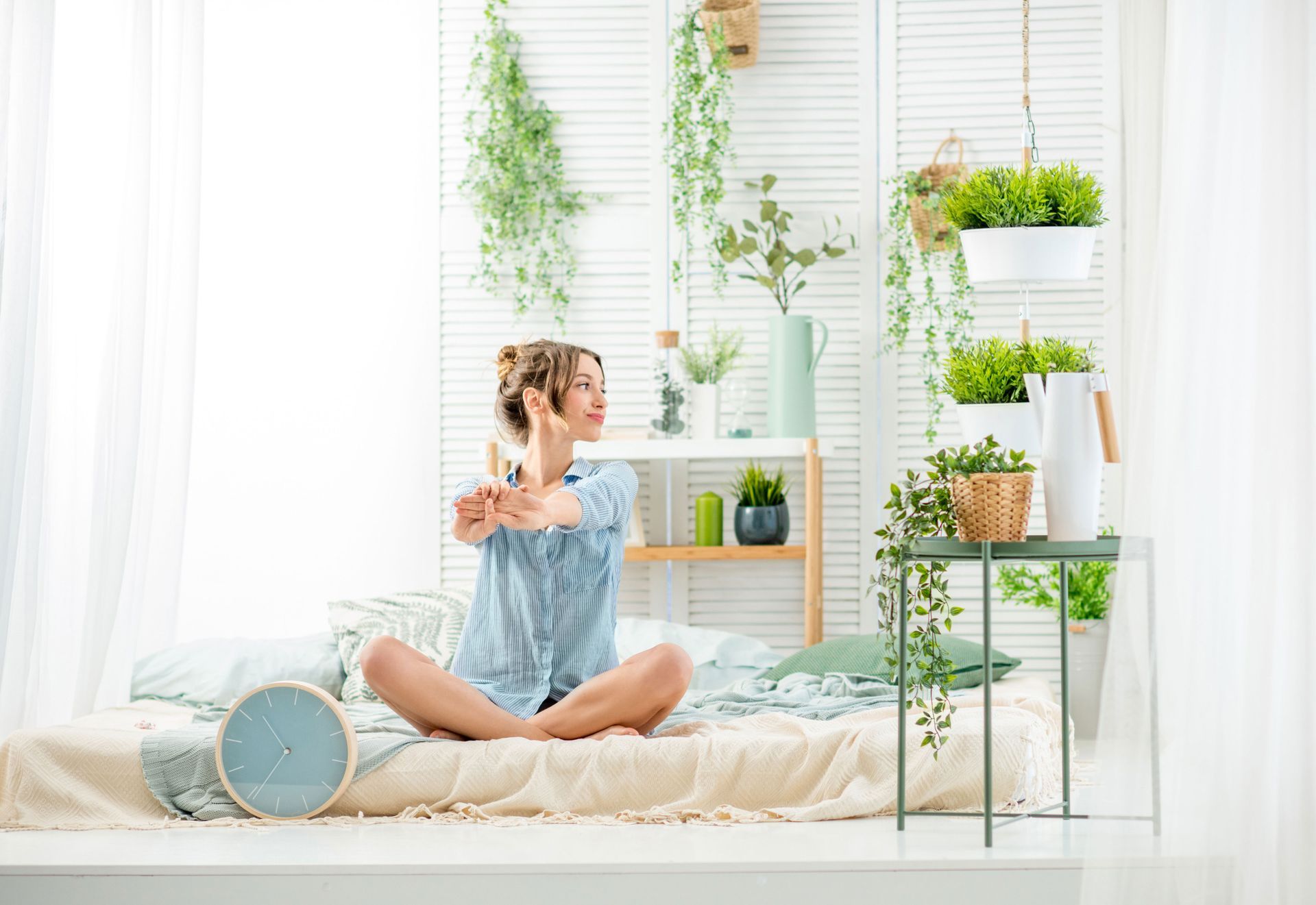In a world increasingly dominated by technology and urbanization, there is a growing desire to reconnect with nature. Biophilic design, a concept gaining traction in interior design, offers a solution by bringing the beauty of the natural world into our indoor spaces. By integrating natural elements such as plants, natural light, organic materials and earthy color palettes, biophilic design creates environments that look stunning. They also have benefits to our well-being.
One of the key features of biophilic design is the incorporation of plants. From small potted plants on desks to impressive living walls, greenery adds a touch of life to any space. Plants not only improve air quality by filtering toxins and releasing oxygen but also create a calming and soothing atmosphere. The presence of nature indoors has been shown to reduce stress levels, increase productivity, and enhance creativity.
In addition to plants, natural light plays a crucial role in biophilic design. Large windows, skylights and strategically placed mirrors help maximize the entry of natural light, creating a bright and airy atmosphere. Natural light not only reduces the need for artificial lighting but also positively impacts our mood and circadian rhythm. Exposure to natural light has been linked to improved sleep, increased vitamin D synthesis and enhanced overall well-being.
Organic materials, such as wood, stone, and natural fabrics are another hallmark of biophilic design. These materials bring a sense of warmth, texture and authenticity to spaces. Whether it's a wooden coffee table, a stone feature wall, or a linen sofa, these elements create a connection with the natural world. They add a timeless appeal to the design.
The color palette used in biophilic design tends to be inspired by nature, featuring earthy tones and soothing hues. From calming greens and blues to warm browns and earthy neutrals, these colors evoke a sense of tranquility and harmony. They create a backdrop that complements the natural elements and fosters a sense of connection with the outdoors.
Biophilic design not only enhances the aesthetics of our indoor spaces but also promotes our physical and mental well-being. By integrating nature into our homes and workplaces, we can experience the benefits of improved air quality, increased natural light and a connection to the world outside.


